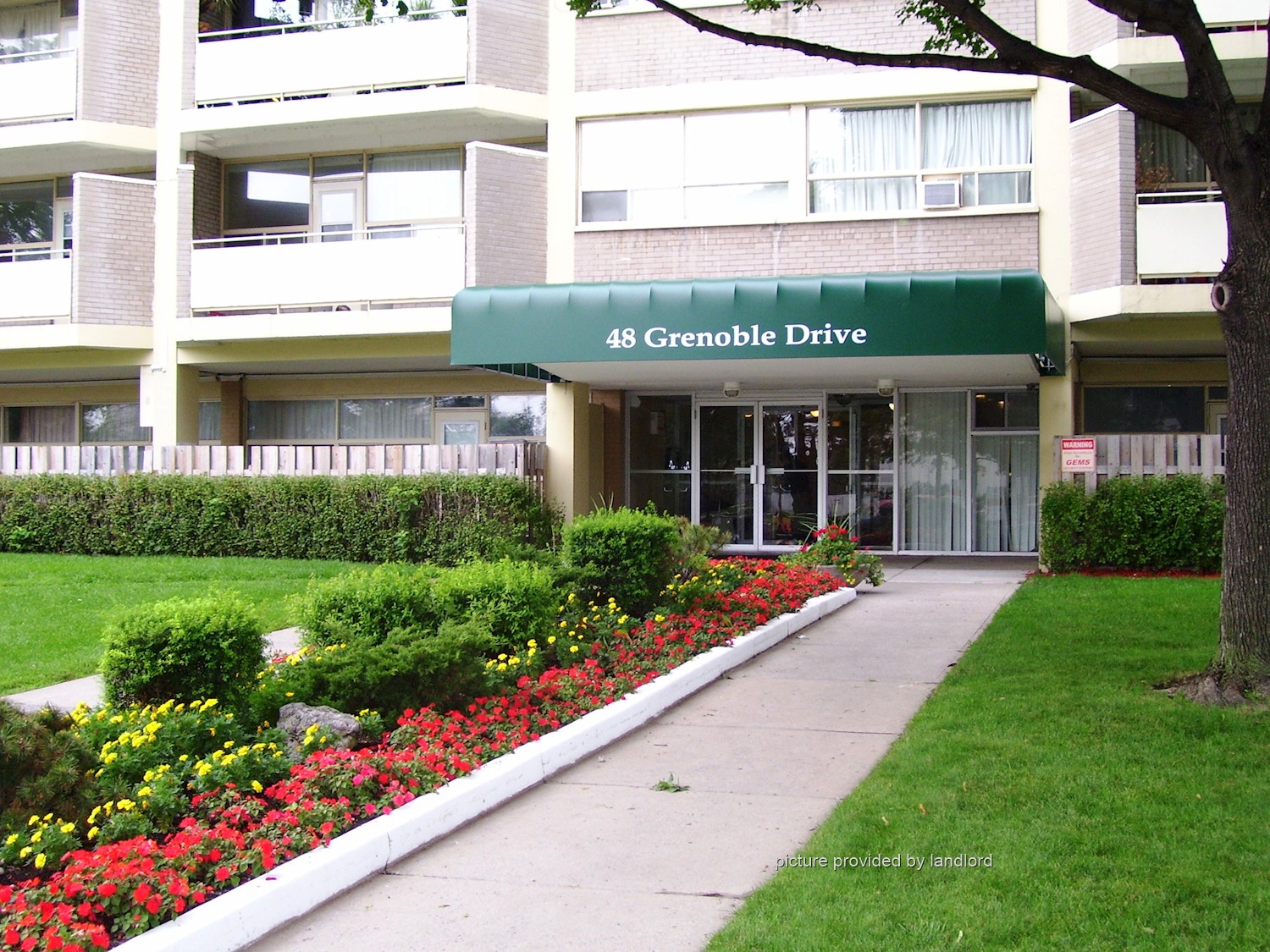Northern Light
Superstar
That's cool, but why can't those households live in those affordable places I've listed in my previous post?
Because vacant units in those areas aren't affordable?
The waiting list for TCHC affordable housings is years long.
The vacant, private sector rental units aren't affordable to a low income earner.
Here's a listing for Flemingdon Park:

For rent: 48 Grenoble Dr Toronto, 1 bdrm Viewit |2565
Toronto's rental appartment. 1 bedroom. Welcome to 48 Grenoble Drive – Convenient Living in Flemingdon Park Located in the heart of the vibrant Flemingdon Park neighbo... www.viewit.ca/2565
1 bedroom, not a fancy area, no a/c, no dishwasher, no ensuite laundry..... $2,100 per month
Let's take a minimum wage earner, and presume they are getting full time work with 40 hours of pay.
That would them a monthly income (Based on 2 week pay periods) of $2,752 before taxes and deductions.
While they would likely get most of their initial income tax deduction back, that only happens once a year, regardless, they face deductions for EI and CPP.
Assume they keep 80% for our purposes here.
That's disposable income of $2,201 per month.
At the above rent, they would have $101 a month to survive on for food, a phone, clothes and a bus pass, and laundry.
That's why that housing isn't sufficiently affordable.
